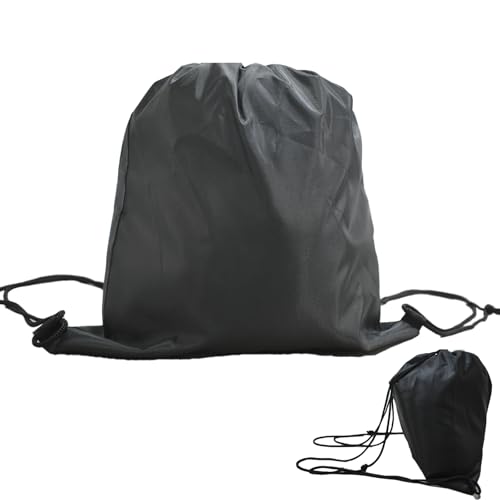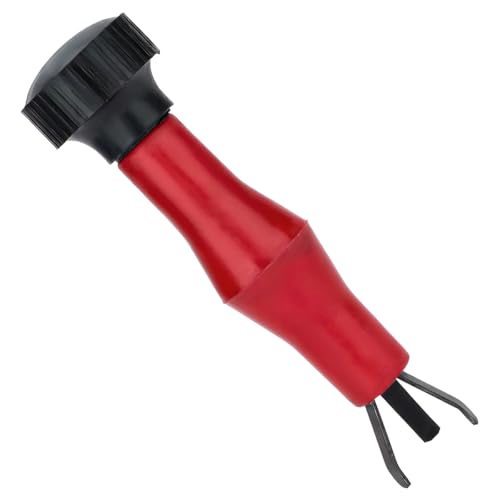He said most radar guns discriminate based upon mass, but there are some (more expensive models) that discriminate based upon highest speed. Fortunately, most departments have few of the more expensive models.
Very basic: The radar gun turns on and emits a microwave beam, the radiating antenna shuts off, the receiving antenna turns on. When the microwaves strike an object they get reflected back. The radar gun's receiving antenna picks up the reflected waves. Microwaves travel at a predictable rate, there is a delay between emit and receive. Speed & time=distance, do the math. Repeat the emit, receive. Do the math. Compare reading 1 with reading 2. The difference is speed. (Any techie perverts wanna discuss phase-angle measurements?

)
Radar striking a large, flat, solid object will return a strong signal. Radar striking a soft object will return a weak signal. Radar striking a highly angular surface will reflect, but will not reflect directly back to the gun causing a weaker signal due to scattering. Most motorcycles are small, somewhat soft and angular. Kenworth 18 wheeler is flat, hard and square. Motorcycle reflected signal is scattered and weak. Kenworth is a strong signal.
When the radar gun is receiving signals back, it is easier for it to read the strong signals, therefore the gun manufacturers designed the guns to lock on the strong signal and to do the math on the strong signal. In these days of digital signal processing the radar guns have the option to sort through several reflected signals independent of signal strength and pick out the signal from the vehicle with the fastest speed. The gun knows which signal is indicating the fastest speed -- but -- does the officer know which vehicle it is?
In an ugly twist of fate, some headlight reflector buckets are close to being a perfect parabolic dish shape for focusing microwaves and returning a signal back to the gun that is equal to the Kenworth. Bummer, eh?
BTW, I occasionally rode in my brother's cruiser during his patrol days. He used to point to a car, say "68 mph"; trigger his radar gun and read 69 mph. He was almost never off by 2 mph. Most experienced cops can do this.
LIDAR -- If the cop gets a good aim he knows the target, knows your speed, here is your ticket. As previously mentioned, the cop already knows you are speeding and has a pretty good idea of what your speed is. The gun just documents it for the courts.






























































